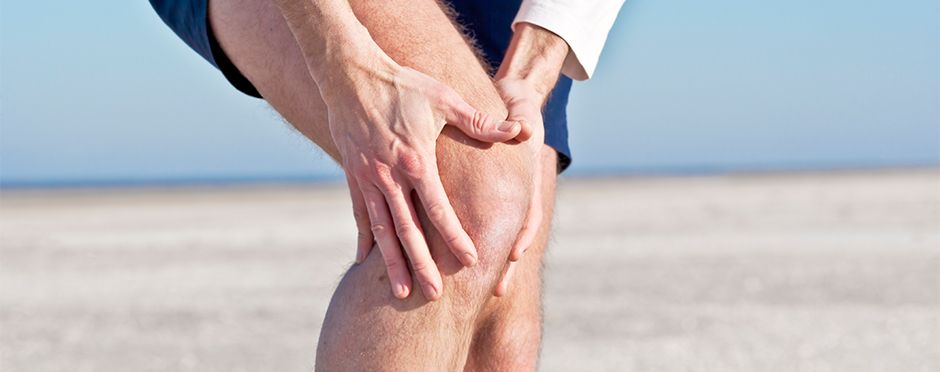
Jumper’s Knee
Leave a CommentEverybody say “Jump Jump!” Have you ever experienced pain in the front of your knee after running or kicking? You probably have a condition called Jumper’s Knee or patellar tendonitis.
The patellar tendon plays a vital role in helping the body take the force of extreme jumping and running activities. On very rare occasions, the patellar tendon can fail and rupture from the repetitive force applied to it, requiring surgery. The patellar tendon attaches the patella (kneecap) to the tibia (shin bone) and it helps with explosive movements. Jumper’s knee is classified as pain both above and below the knee. It impacts the quadriceps as well due to the force being applied with jumping and cutting movements.
At first, it seems like a minor injury. However, if it goes untreated or someone continues to push through, what might seem like minor discomfort in the beginning, it can lead to more tearing and possibly a rupture of the structure. This injury can impact all ages, but tends to be more present in the younger to young adult demographic.
This type of injury is classified into 4 specific stages based on pain and level of playing:
- Stage 1: pain after sports activities
- Stage 2: pain during and after activity (the athlete is able to perform at the appropriate level)
- Stage 3: Pain during activity and prolonged after activity (athletic performance is hampered): may progress to constant pain and complete rupture” (Prentice, 2006, p.645).
- Stage 4: Rupture
Many of the chief complaints of someone that has this condition notices or states is typically one or more of the following:
- Pain and tenderness along the inferior pole of the patella
- Weakness
- Pain in the quadriceps muscle from compensating or possible strain
- Pain/soreness with activities such as squatting, achiness, bending, climbing stairs, or any sports-specific exercise
- It might be warm to the touch
- Inflammation to the area
So now that you heard that you should listen to your body and not continue to work through the pain/discomfort what do you do next?
- Activity modifications.
- RICE (rest, ice, compression and elevation) and Advil, Aleve, etc..
- Physical therapy which includes modalities such as phonophoresis, iontophoresis, ultrasounds and various other heating modalities.
- Light stretching to surrounding musculature (hamstring, quadriceps, calves, hips, and IT band, etc.).
- Buying a patellar strap to add support to the structure while it heals.
- Cross friction massage has also shown to be successful in treating Jumper’s Knee.
Listening to your body is the first step in acknowledging that something may be injured. The 2nd step is having the education on what the condition is to best treat. Remember to give it time and take it slow on your recovery process. Once you do that, you are one step closer to getting back to the activity that you love.
If you would like to learn more from an Athletico physical therapist, please use the button below to request an appointment.
The Athletico blog is an educational resource written by Athletico employees. Athletico bloggers are licensed professionals who abide by the code of ethics outlined by their respective professional associations. The content published in blog posts represents the opinion of the individual author based on their expertise and experience. The content provided in this blog is for informational purposes only, does not constitute medical advice and should not be relied on for making personal health decisions.
References:
Prentice, W. E., & Arnheim, D. D. (2006). The Knee and Related Structures. Arnheim’s principles of athletic training: a competency-based approach (12th ed.). Boston: McGraw-Hill Higher Education.
